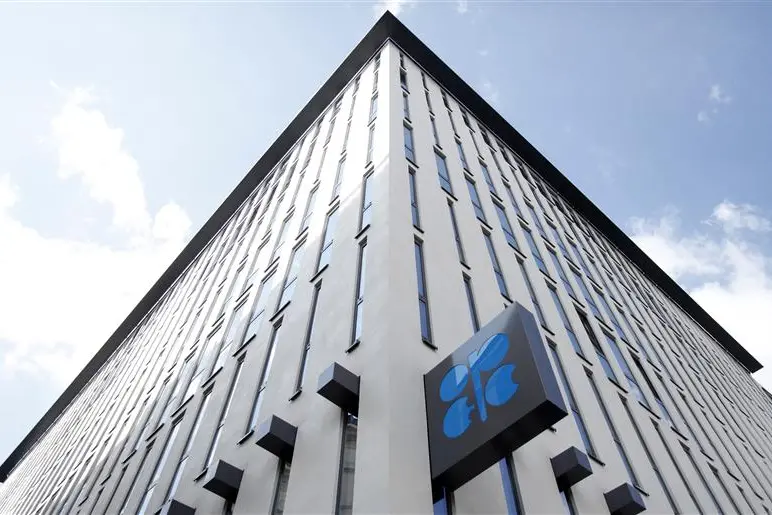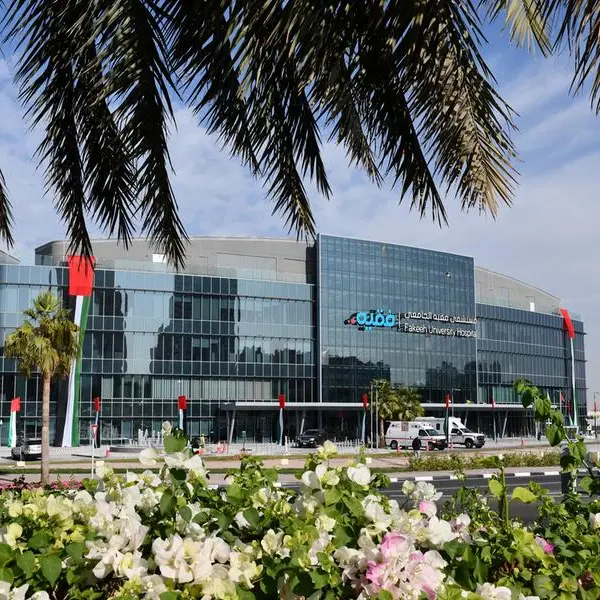PHOTO
By Swati Verma
April 28 (Reuters) - Supply and demand in the oil market could fall into balance by the end of this year if OPEC and its partners extend their deal to reduce crude output, a Reuters survey forecast on Friday. However, the prospect of rising output from outside OPEC, led by U.S. shale oil producers, could continue to hamper the rebalancing process, analysts said.
The Reuters survey of 35 economists and analysts forecast that Brent crude would average $57.04 a barrel in 2017, compared with last month's forecast of $57.25 and an average so far this year of about $55.
"Growing oil production in the U.S. will remain a deterrent to further extensions to the output cap by OPEC and non-OPEC countries ... (and) once again reinvigorate debate on defending market share among countries participating in the deal," said Abhishek Kumar, Senior Energy Analyst at Interfax Energy’s Global Gas Analytics in London.
The agreement between the Organization of the Petroleum Exporting Countries and some of its rival exporters, including Russia, to cut output by 1.8 million barrels per day (bpd) will expire at the end of June, though most analysts expect it to be extended to the end of the year.
OPEC compliance, as reported by OPEC and secondary sources, appears to be at high levels and is likely to remain so until OPEC’s next meeting in May, when strategy for the second half of the year will be decided, said Giorgos Beleris, analyst at Thomson Reuters' Oil Research and Forecasts.
"Key Middle East producers seem willing to cap crude output for another six months, hoping to see crude prices close or above the $60 a barrel mark."
But higher prices could encourage U.S. shale producers to increase drilling and undermine OPEC's efforts, analysts said.
U.S. shale production in May was set for its biggest monthly increase in more than two years.
"Revival of U.S. production is having a negative impact on crude prices. However, in recent weeks this negative influence has been offset by expectations that more consumption from refiners ahead of the driving season will draw U.S. stocks," Intesa Paolo analyst Daniela Corsini said.
Oil demand, especially from Asia, is expected to be robust and to rise by about 1.3 million bpd to 1.4 million bpd in 2017, analysts said.
Standard Chartered, Raymond James and DNB had the highest 2017 Brent forecast at $63 a barrel, with Commerzbank the lowest at $51.
U.S. WTI crude futures are expected to average $54.73 a barrel in 2017, lower than last month's forecast of $55.29, the poll showed.
(Editing by David Goodman)© Reuters News 2017
April 28 (Reuters) - Supply and demand in the oil market could fall into balance by the end of this year if OPEC and its partners extend their deal to reduce crude output, a Reuters survey forecast on Friday. However, the prospect of rising output from outside OPEC, led by U.S. shale oil producers, could continue to hamper the rebalancing process, analysts said.
The Reuters survey of 35 economists and analysts forecast that Brent crude would average $57.04 a barrel in 2017, compared with last month's forecast of $57.25 and an average so far this year of about $55.
"Growing oil production in the U.S. will remain a deterrent to further extensions to the output cap by OPEC and non-OPEC countries ... (and) once again reinvigorate debate on defending market share among countries participating in the deal," said Abhishek Kumar, Senior Energy Analyst at Interfax Energy’s Global Gas Analytics in London.
The agreement between the Organization of the Petroleum Exporting Countries and some of its rival exporters, including Russia, to cut output by 1.8 million barrels per day (bpd) will expire at the end of June, though most analysts expect it to be extended to the end of the year.
OPEC compliance, as reported by OPEC and secondary sources, appears to be at high levels and is likely to remain so until OPEC’s next meeting in May, when strategy for the second half of the year will be decided, said Giorgos Beleris, analyst at Thomson Reuters' Oil Research and Forecasts.
"Key Middle East producers seem willing to cap crude output for another six months, hoping to see crude prices close or above the $60 a barrel mark."
But higher prices could encourage U.S. shale producers to increase drilling and undermine OPEC's efforts, analysts said.
U.S. shale production in May was set for its biggest monthly increase in more than two years.
"Revival of U.S. production is having a negative impact on crude prices. However, in recent weeks this negative influence has been offset by expectations that more consumption from refiners ahead of the driving season will draw U.S. stocks," Intesa Paolo analyst Daniela Corsini said.
Oil demand, especially from Asia, is expected to be robust and to rise by about 1.3 million bpd to 1.4 million bpd in 2017, analysts said.
Standard Chartered, Raymond James and DNB had the highest 2017 Brent forecast at $63 a barrel, with Commerzbank the lowest at $51.
U.S. WTI crude futures are expected to average $54.73 a barrel in 2017, lower than last month's forecast of $55.29, the poll showed.
(Editing by David Goodman)© Reuters News 2017












